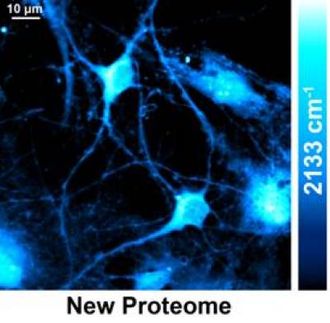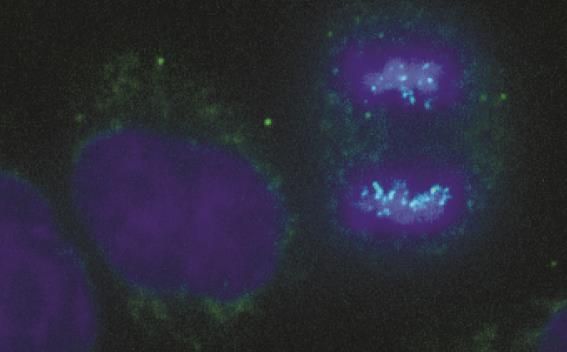Clicking Tc-99m SPECT Probes Together
Molecular Assembly of Multifunctional 99mTc Radiopharmaceuticals Using "Clickable" Amino Acid Derivatives
Advertisement
Radioactively labeled compounds are important for use as imaging probes or radiotherapeutic agents. Most radioisotopes with suitable decay properties are transition metals or elements with metallic character. Therefore, bifunctional chelators are required for stable tethering of a given radionuclide to targeted biomolecules. However, preparing such multifunctional radioconjugates by conventional synthetic means is a significant challenge. To address this, a collaboration led by Thomas Mindt at University Hospital Basel and the University of Basel in Switzerland applied click chemistry toward the efficient assembly of conjugates containing a 99mTc-based SPECT probe and two different biochemical entities, and their work is reported in ChemMedChem.
Starting from azide-functionalized biomolecules and readily available alkyne pro-chelators derived from amino acids, Mindt and colleagues assembled multifunctional conjugates by convenient one-pot procedures without the need for protecting groups. They applied this copper(I)-catalyzed alkyne–azide cycloaddition (CuAAC) methodology to the preparation of a 99mTc-labeled conjugate comprising a tumor-targeting peptide sequence (bombesin(7–14)) and a low-molecular-weight albumin binder (a pharmacological modifier that prolongs the conjugate's blood circulation lifetime).
The possibility of selectively combining two different groups with biological function and a metal chelating system in a single step is a very attractive feature for the development of metallic radiotracers and opens numerous applications with great potential, including the design of radiopharmaceuticals with improved biological characteristics, multimodality imaging probes, bivalent or bi-specific targeting agents, and conjugates useful for combination therapies.
Original publication: Thomas Mindt et al.; "Molecular Assembly of Multifunctional 99mTc Radiopharmaceuticals Using "Clickable" Amino Acid Derivatives"; ChemMedChem 2010.
Most read news
Topics
Organizations
Other news from the department science

Get the life science industry in your inbox
By submitting this form you agree that LUMITOS AG will send you the newsletter(s) selected above by email. Your data will not be passed on to third parties. Your data will be stored and processed in accordance with our data protection regulations. LUMITOS may contact you by email for the purpose of advertising or market and opinion surveys. You can revoke your consent at any time without giving reasons to LUMITOS AG, Ernst-Augustin-Str. 2, 12489 Berlin, Germany or by e-mail at revoke@lumitos.com with effect for the future. In addition, each email contains a link to unsubscribe from the corresponding newsletter.
























































